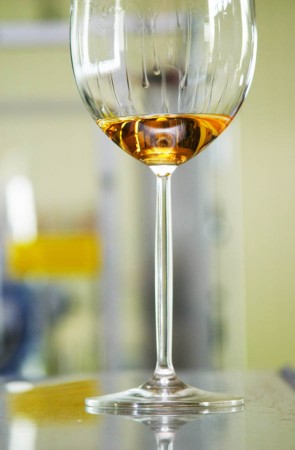
We have probably all experienced a bottle of wine from Alsace that did not go well with the food we served. The reason being, for the most part, that the wine was sweeter than we had expected. This is a problem that producers in Alsace have long been aware of. Some argue that a little residual sugar in the wine is not a problem if the acidity is high. This is true to some extent, but not completely.
It used to be easier. Riesling from Alsace was dry. Riesling from Germany was sweet. Today everything has changed and this rule no longer applies. Without knowing the producer or the vintage, it is often a challenge to buy Alsace wines. And this is true not only for Riesling. Pinot gris has almost invariably some residual sugar. But how much? Gewürztraminer can be both bone dry and semi-sweet.
The producers in Alsace now seem to realize that consumer’s uncertainty as to how dry or sweet the wine is should be taken seriously. Some producers already indicate the level of sweetness on the label. Often they use a scale from one to ten, or from one to five, where one indicates a totally dry wine and the 5 and 10 respectively a very sweet wine.
The growers in Alsace are now, according to La Vigne, going to agree on a system of analysis that categorizes wines by sweetness. The aim is to have this system eventually written into the regulations that apply to the appellation Alsace.
More: www.lavigne-mag.fr
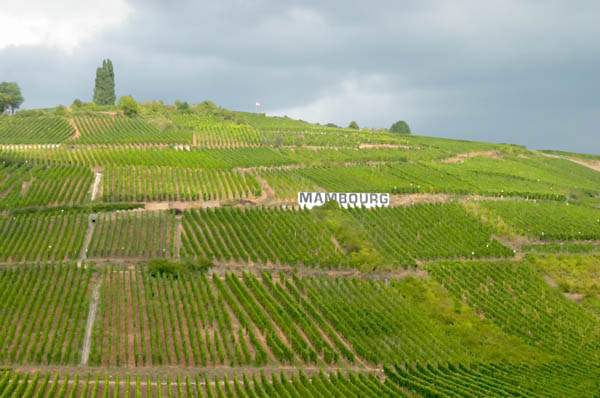



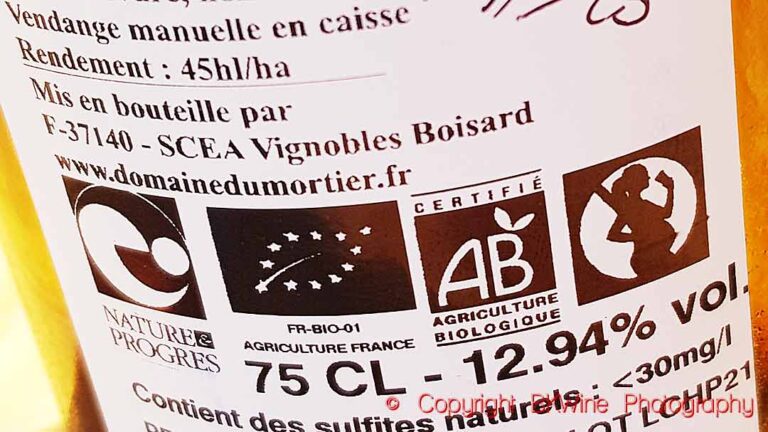
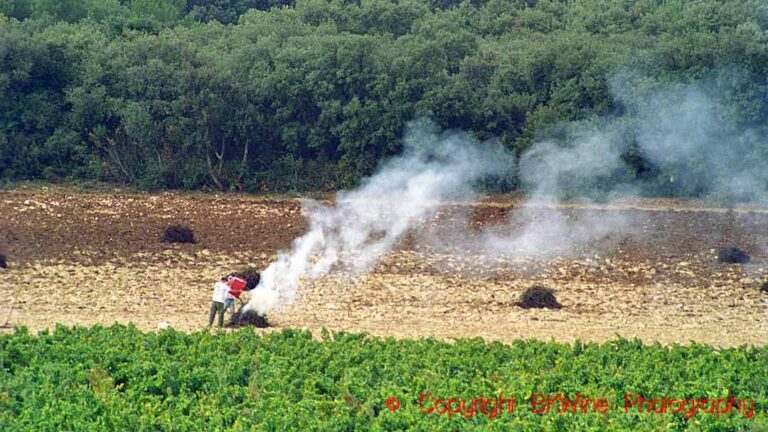
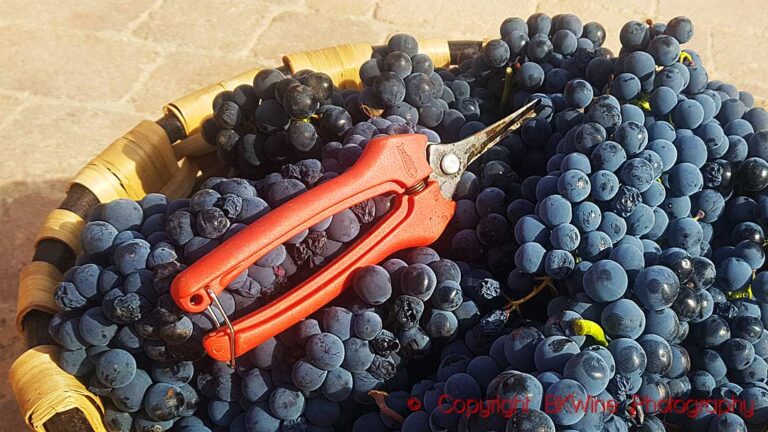





One Response
Dear Britt,
dry – semi dry – semi sweet – sweet: of course this is important to know. For years already, we indicate this information on our bottles using a scale system.
This topic however is not only concerning wines from Alsace, it is concerning all wine regions producing many different wines.
The consumer buying wines from super market shelfs might certainly find such dry/sweet information useful, but I doubt that these people are reading your article. Wine lovers buy their wines from wine shops or from the producer directly where they will receive much more information than just alcohol and sugar level.
A label will not help you for those special cases of wines with some 5 to 8 grams of sugar but with an excellent acidity and strong mineral structure: you will have to taste these wines and decide whether you like them or not.
I’m much more concerned about sulfite levels and the numerous chemicals being used in the vineyard and during fermentation: they may cause serious problems to sensitive consumers.
My advice: buy your wine and food from a reliable source, get more interested in the products you buy and don’t just buy a nice label or a good price. This will give you so much more pleasure!
Cheers
Bernd Koppenhöfer – Domaine Jean-Paul Schmitt, Alsace